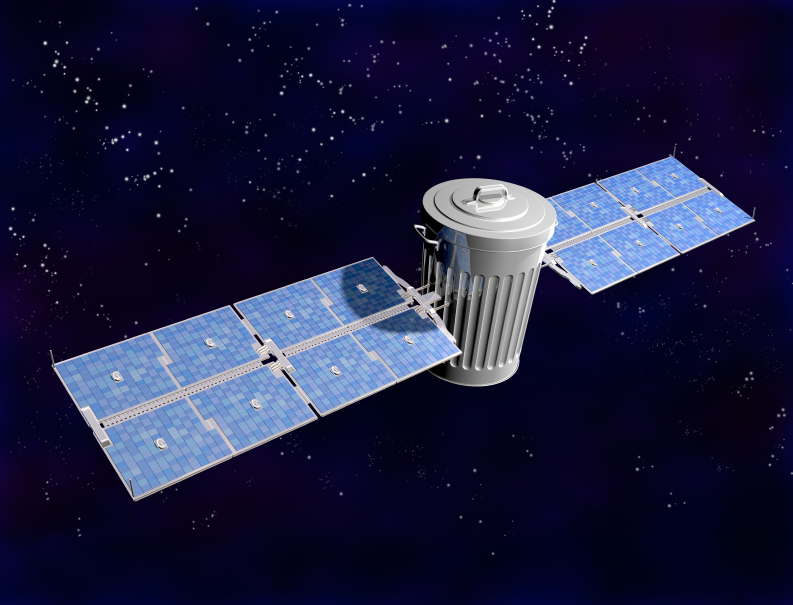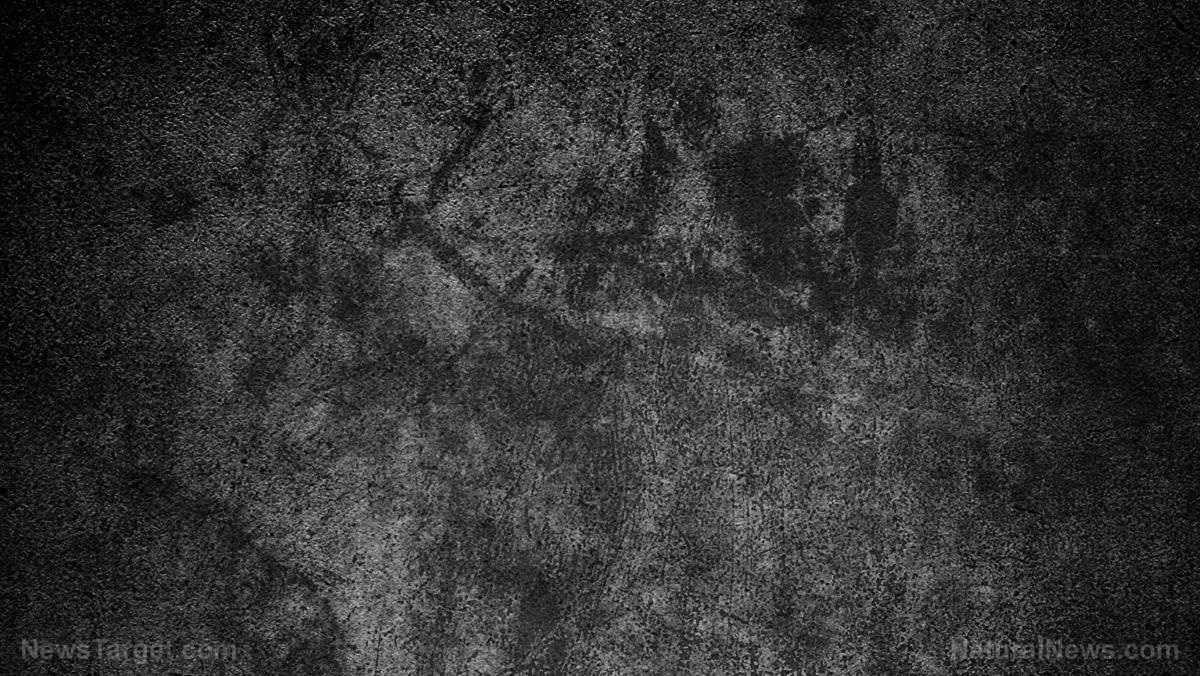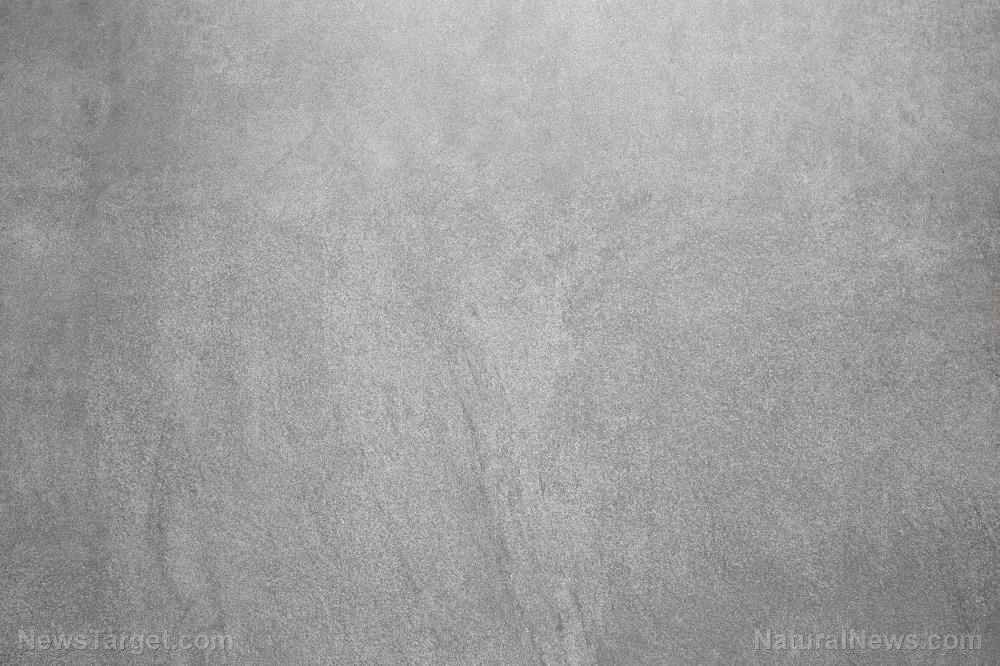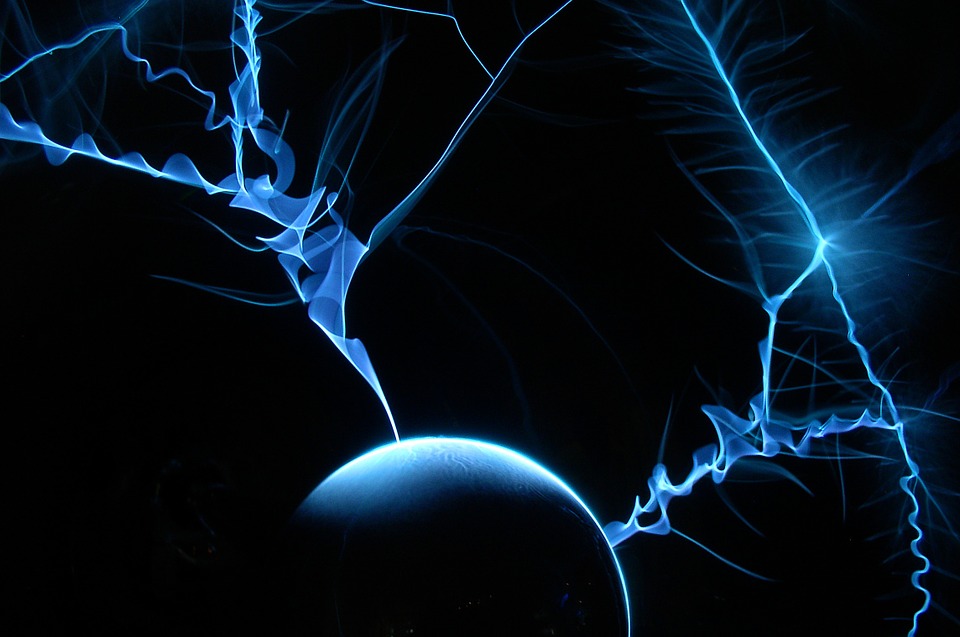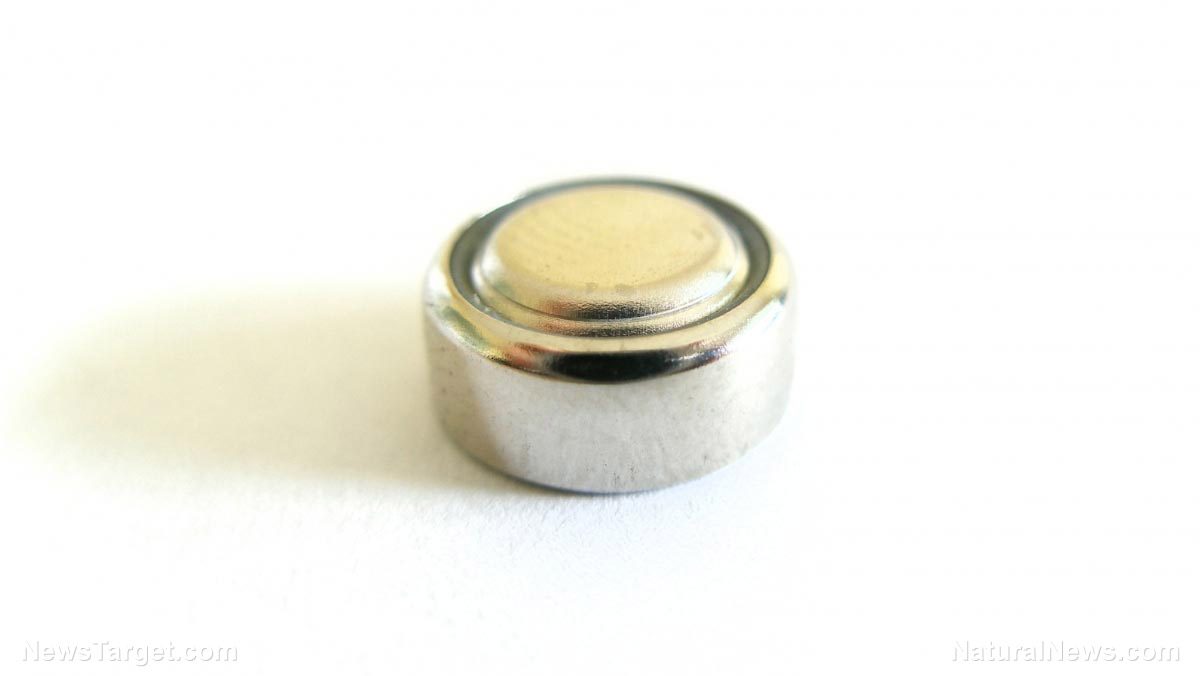Secret messages: Laser-based revolutionary technology allows researchers to send messages across noisy rooms using water vapor
05/01/2019 / By Edsel Cook

Lasers can perform all kinds of roles depending on their power and frequency. Their newest application is transmitting audio signals to a person, who can hear the message clearly with no need for specialized receiver equipment.
The laser-based communications technology is suitable for both mundane and critical situations. It could serve as a means of dialogue for two parties who are on opposite ends of a noisy room, or it could be used to warn another person of a nearby danger.
A research team from Massachusetts Institute of Technology (MIT) came up with two different ways of using a laser to send various music, recorded speech, and tones at the volume of a normal conversation. They published their methods in the science journal Optics Letters.
“Our system can be used from some distance away to beam information directly to someone’s ear,” explained lead researcher Charles M. Wynn. “It is the first system that uses lasers that are fully safe for the eyes and skin to localize an audible signal to a particular person in any setting.” (Related: Stunning new material invented in Turkey: “Metallic wood” is 5 times stronger than titanium, but lighter.)
Using light to produce sound from water vapor
The techniques developed by the MIT researchers took advantage of the photoacoustic effect, wherein a material that absorbed light would generate sound waves. They used the water vapor that is found in the air as their photoacoustic material.
Wynn explained that the atmosphere usually contained some water. Even dry environments were not completely water-free, and the air immediately around a person contained vapor expelled by the body.
The sound transmitted by a photoacoustic material scaled alongside the amount of light it absorbed. So Wynn’s team chose a wavelength of light that was easily absorbed by water, allowing them to get more sound.
The speed of sound is special for lasers
One of the sound transmission techniques was based on dynamic photoacoustic spectroscopy (DPAS). Originally developed to spot chemicals in the air, DPAS swept a laser beam at the speed of sound.
The MIT research team found that combining this sonic approach with a wavelength of light that was easily absorbed by water could produce sound with ease. They modified the length of the laser sweeps to produce pitches that could be heard.
The DPAS-derived laser sweeping technique is of particular interest because the sounds can only be heard at a specific distance from the transmitter. Anyone who is too near or too far from the emitter will not hear anything.
This technique could be used to send an audio message to just one person. Or the same message can be sent to more than one person at the same time as long as they are all in range.
Two photoacoustic methods are better than one
Laboratory experiments showed that the laser sweeping method could send audio signals to a person who is more than 2.5 m away at a volume fit for normal conversation. This was achieved with commercially available equipment.
The MIT researchers compared this performance with a conventional photoacoustic technique. The traditional approach controlled the power of the laser beam in order to produce the audio message.
“There are tradeoffs between the two techniques,” explained Wynn’s colleague Ryan M. Sullenberger, who served as the primary author of the study paper. “The traditional photoacoustics method provides sound with higher fidelity, whereas the laser sweeping provides sound with louder audio.”
Wynn and Sullenberger’s team will test both methods in outdoor environments at greater distances. They believe that the effective range of their DPS laser sweeping technique could be extended even further, making it much more viable for commercialization.
Sources include:
Tagged Under: audio signals, breakthrough, communications technology, comunications, discoveries, future tech, goodtech, innovation, inventions, laser application, lasers, photoacoustics, physics, research, science and technology, sound waves





